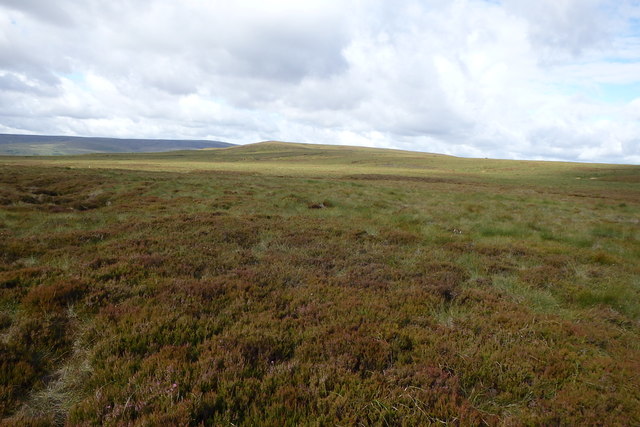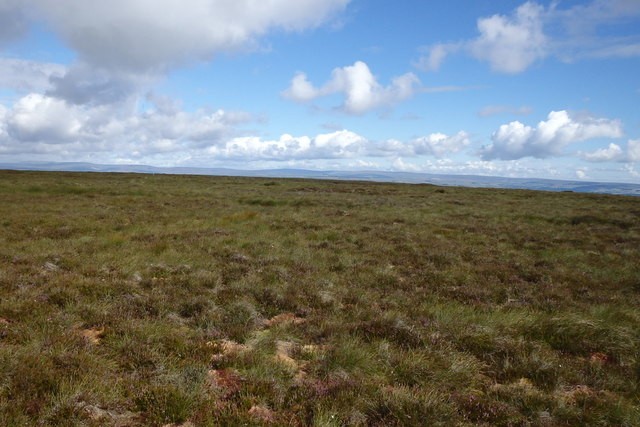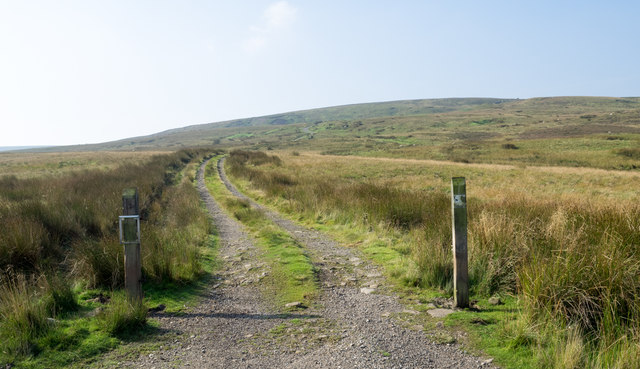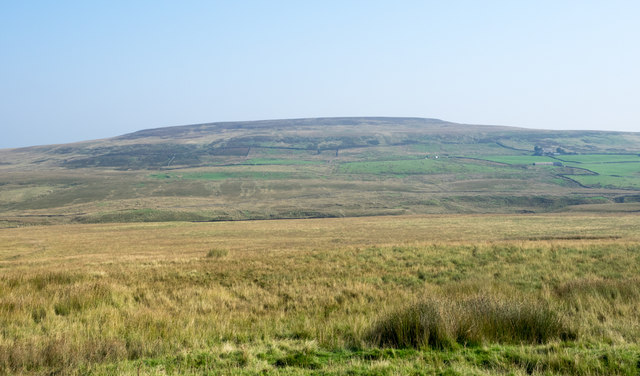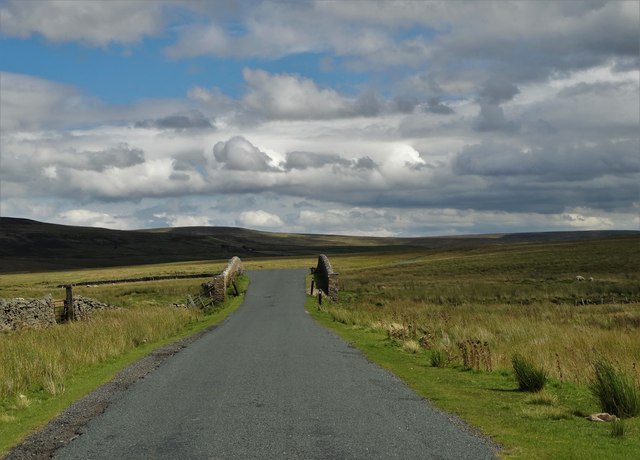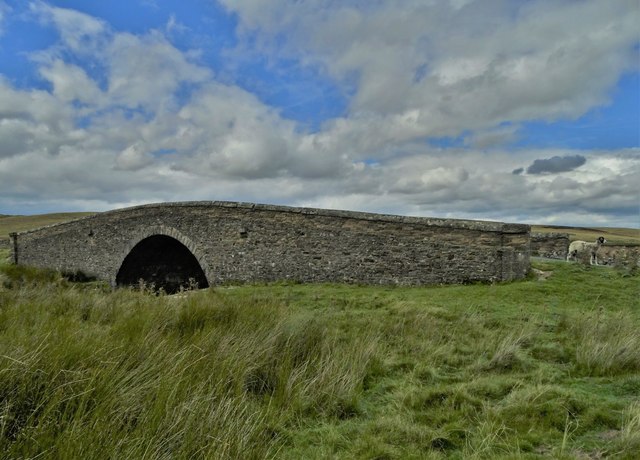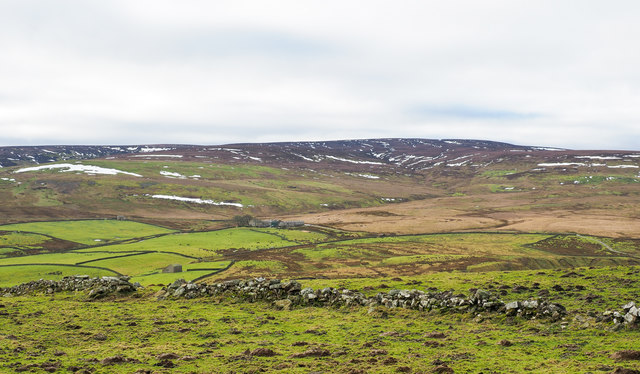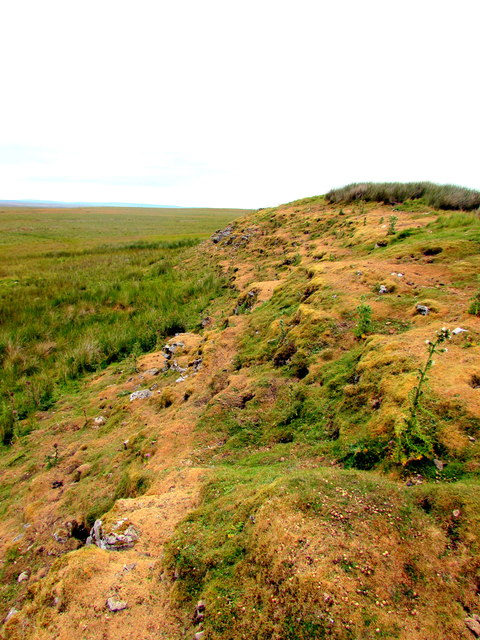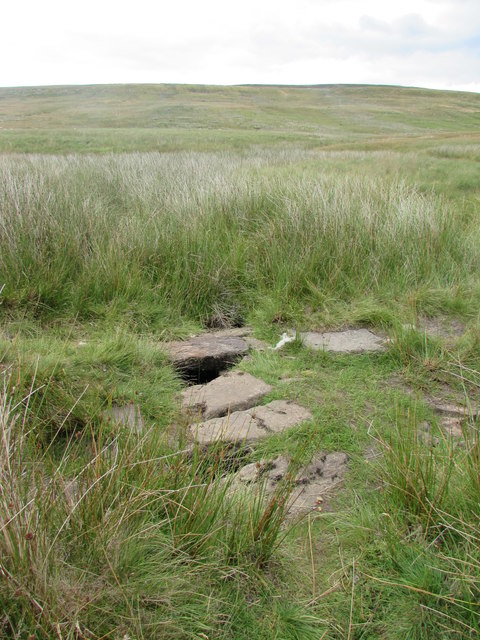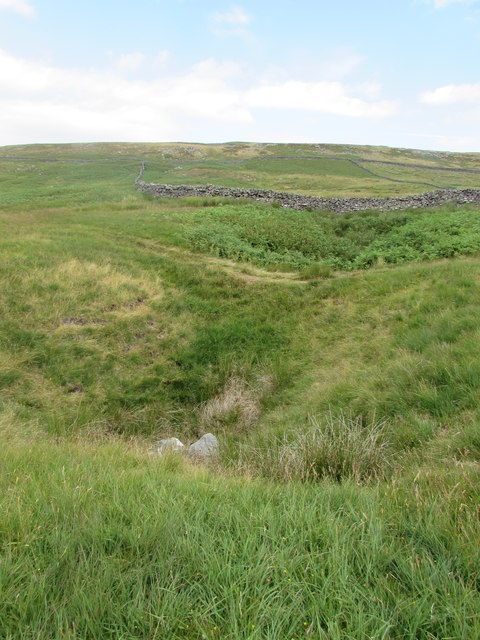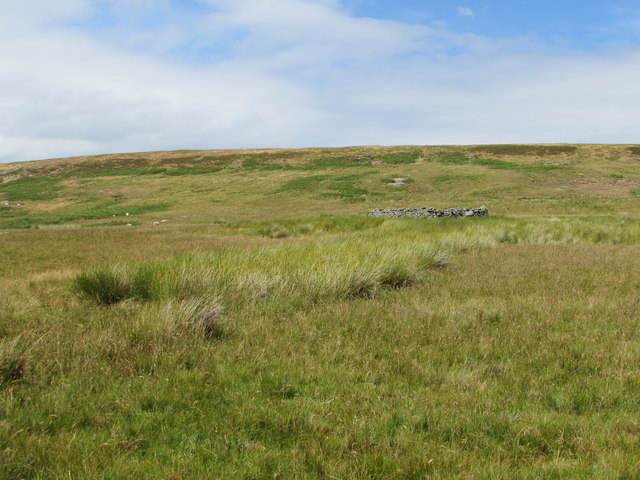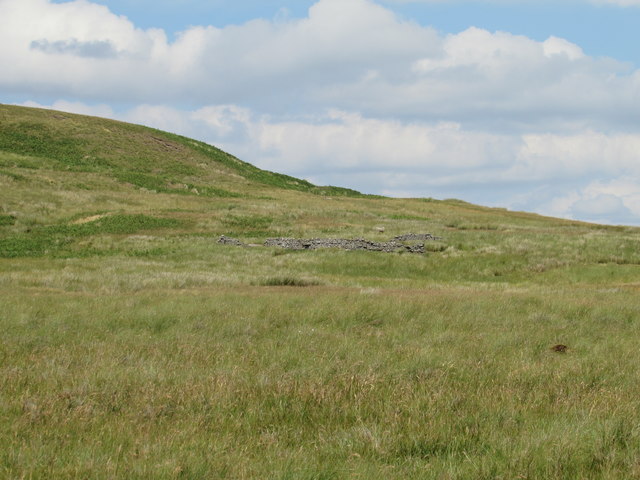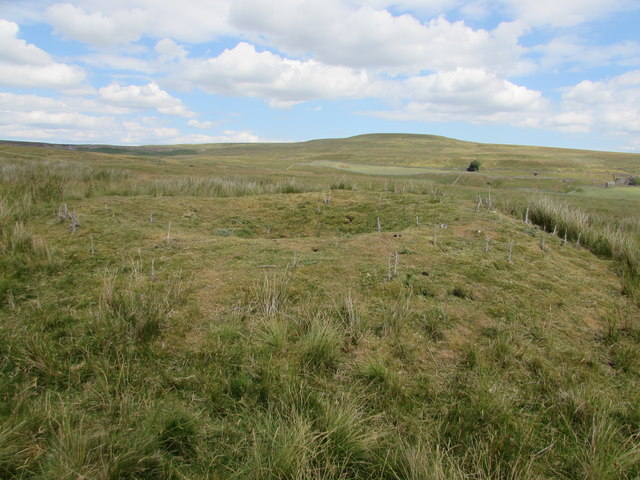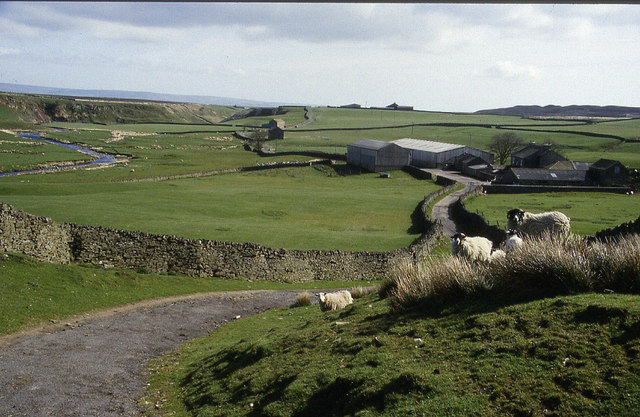Seavy Hill
Hill, Mountain in Yorkshire Richmondshire
England
Seavy Hill

Seavy Hill is a prominent geographical feature located in the region of Yorkshire, England. It is classified as a hill rather than a mountain, as it stands at an elevation of 437 meters (1,434 feet) above sea level. Despite its relatively modest height, Seavy Hill offers breathtaking panoramic views of the surrounding landscape.
Situated in the heart of Yorkshire, Seavy Hill is part of the North York Moors National Park, a vast area renowned for its natural beauty and diverse wildlife. The hill is covered in lush green vegetation, interspersed with heather and moorland, creating a picturesque and tranquil setting.
Visitors to Seavy Hill can enjoy several walking trails that meander through the area, providing opportunities to explore its natural splendor. The hill is also a popular spot for hiking and rambling enthusiasts, offering a variety of routes suitable for different fitness levels.
One of the most distinctive features of Seavy Hill is its ancient stone circle, known as Seavy Howe. This prehistoric monument is believed to date back to the early Bronze Age and is a significant archaeological site in the region.
The surrounding area of Seavy Hill is dotted with charming villages and historic landmarks, adding to its appeal as a tourist destination. Visitors can immerse themselves in the rich cultural heritage of Yorkshire, experiencing traditional cuisine, local festivals, and the warm hospitality of the residents.
Seavy Hill in Yorkshire is a captivating destination that combines natural beauty, historical significance, and a welcoming atmosphere, making it an ideal location for outdoor enthusiasts and those seeking a peaceful retreat in the heart of England.
If you have any feedback on the listing, please let us know in the comments section below.
Seavy Hill Images
Images are sourced within 2km of 54.462524/-2.0532042 or Grid Reference NY9607. Thanks to Geograph Open Source API. All images are credited.

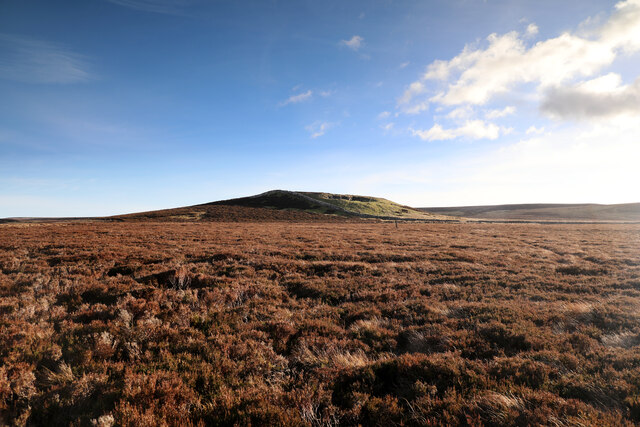
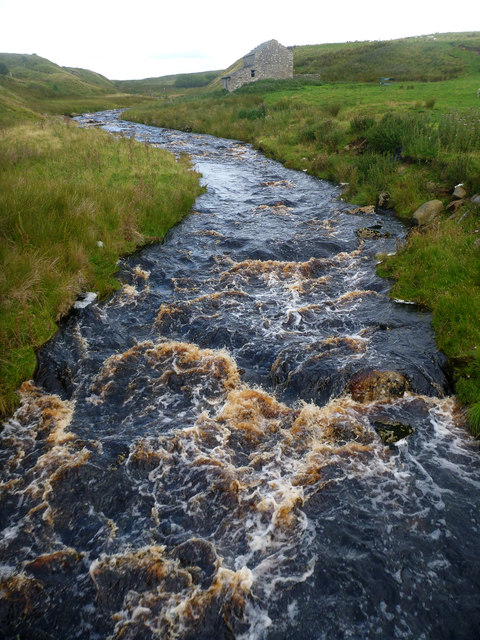
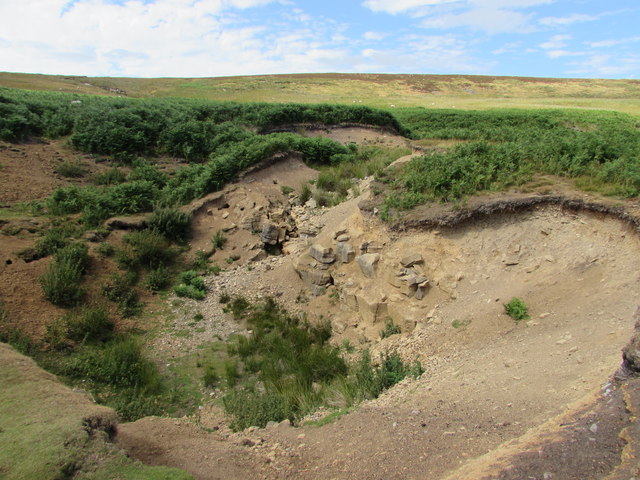

Seavy Hill is located at Grid Ref: NY9607 (Lat: 54.462524, Lng: -2.0532042)
Division: North Riding
Administrative County: North Yorkshire
District: Richmondshire
Police Authority: North Yorkshire
What 3 Words
///thigh.conveying.dancer. Near Bowes, Co. Durham
Nearby Locations
Related Wikis
Sleightholme
Sleightholme is a secluded hamlet on a dead end road in County Durham, England. It lies beside Sleightholme Beck, a tributary of the River Greta. The...
Walney to Wear and Whitby Cycle Route
The Walney to Wear and Whitby Cycle Route (or W2W) is the name of a cross-country cycle route in Northern England. It runs from Walney Island in Cumbria...
National Cycle Route 70
National Cycle Network (NCN) Route 70 is a Sustrans National Route that runs from Walney Island in Cumbria to Sunderland. The route is fully open and signed...
Whaw
Whaw is a hamlet in Arkengarthdale in North Yorkshire, England. It is one of few settlements in the dale and is one of the smallest. Its name derives from...
Nearby Amenities
Located within 500m of 54.462524,-2.0532042Have you been to Seavy Hill?
Leave your review of Seavy Hill below (or comments, questions and feedback).
